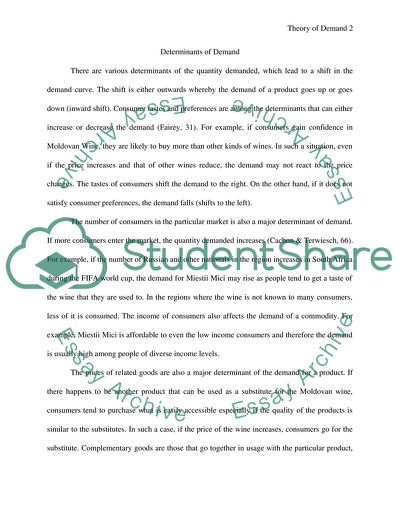Cite this document
(Critically examine theory of demand supported by the examples from Essay, n.d.)
Critically examine theory of demand supported by the examples from Essay. https://studentshare.org/macro-microeconomics/1563224-critically-examine-theory-of-demand-supported-by-the-examples-from-wine-industry-moldovan-wine
Critically examine theory of demand supported by the examples from Essay. https://studentshare.org/macro-microeconomics/1563224-critically-examine-theory-of-demand-supported-by-the-examples-from-wine-industry-moldovan-wine
(Critically Examine Theory of Demand Supported by the Examples from Essay)
Critically Examine Theory of Demand Supported by the Examples from Essay. https://studentshare.org/macro-microeconomics/1563224-critically-examine-theory-of-demand-supported-by-the-examples-from-wine-industry-moldovan-wine.
Critically Examine Theory of Demand Supported by the Examples from Essay. https://studentshare.org/macro-microeconomics/1563224-critically-examine-theory-of-demand-supported-by-the-examples-from-wine-industry-moldovan-wine.
“Critically Examine Theory of Demand Supported by the Examples from Essay”. https://studentshare.org/macro-microeconomics/1563224-critically-examine-theory-of-demand-supported-by-the-examples-from-wine-industry-moldovan-wine.


